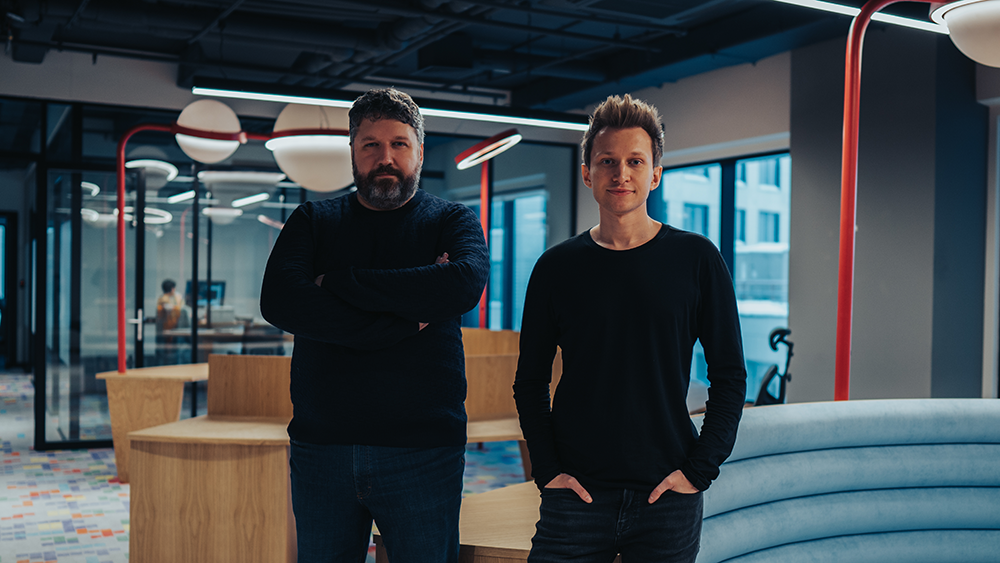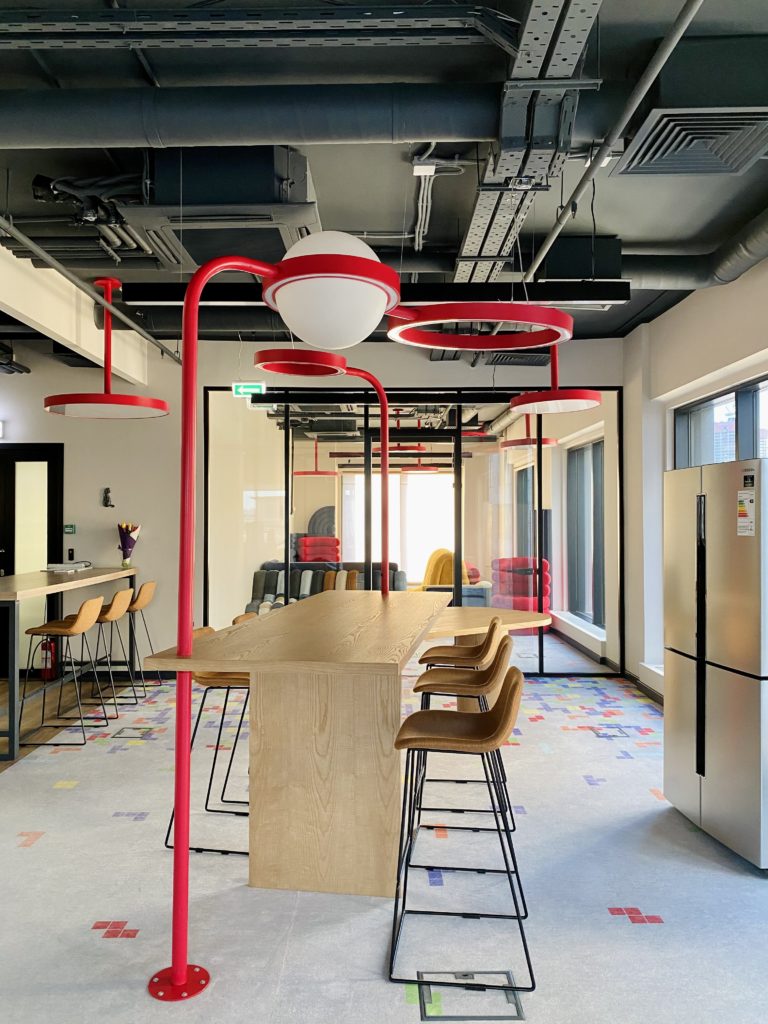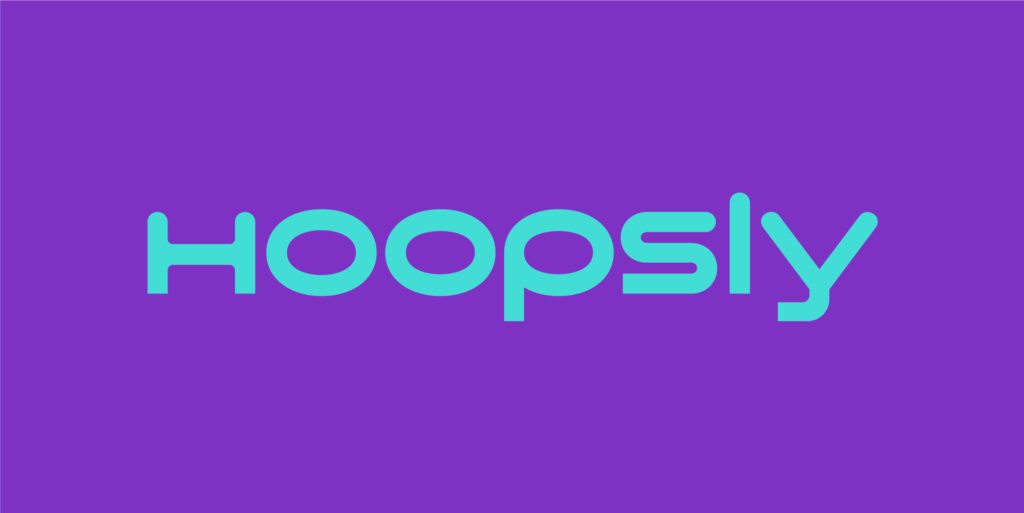"The market is not something poured into concrete," Nikita Guk on the launch of Hoopsly, a new hyper-casual company
At the end of last year, a new publisher of hyper—casual games appeared – Hoopsly. It was founded by Sergey Drozhzhin, CEO 3D.RU , and Nikita Guk, previously responsible for the development of the Playgendary and Pixonic brands. The company has already managed to get a “residence permit” in Dubai and attract $ 5 million. We talked with Nikita about the history of Hoopsly and the features of the hyper-casual market.
Sergey Drozhzhin and Nikita Guk
Alexander Semenov, Editor-in-Chief App2Top.ru : Hoopsly was launched in December 2020. But, most likely, her story began long before that. Tell me, why and how did it all start?
Nikita Guk, co-founder and COO Hoopsly: I want to come up with some original story, but everything is banal to the point of indecency — the right people coincided in spirit and met at the right time. Sergey and I met at the beginning of the summer, just when I took a couple of months off.
At the same time, we realized that we wanted to create a company from scratch, but not to start with an existing project and build a team around it, but to try to gather like-minded people who are close to us in culture.
What do you mean?
Nikita: Look, we are burning with projects, we understand how much people should get for it and at the same time we do not want to create a “cult of the ideal company”.
The main goal that drives us is to do cool projects together with people with whom it is exciting to work. And we want to avoid most of the typical problems of studio growth. Of course, we will not get away from them, but we hope that we will be able to smooth out most of the negative aspects.
Well, you decided to make a company based on this concept. What happened next?
Nikita: Since October last year, we started recruiting people. It took a long time.
The legal issues also did not close immediately, because Cyprus has ceased to be very attractive for new gaming companies. I had to consider many alternatives. As a result, we settled on Dubai.
Now we are trying to build the most transparent structure, since it is no secret that studios with Russian HQ have an estimated multiplier on the international market significantly lower.
Now Hoopsly is positioned primarily as a hyper-casual publisher. Have you considered other options, for example, working with midcore and hardcore? What was wrong with these options?
Nikita: Listen, I can’t say there’s anything wrong with these options. On the contrary, we will definitely come to them.
The question is different — when you build a studio from scratch, first of all you should make sure that everything works exactly as it should at each stage. It is possible to do this with a casual project only if you absorb the development team at once.
To do so in our case — well, there is a risk in a couple of years to find out that everything is bad. Yes, of course, there will definitely be those who managed to do this from scratch. But it seems to me that this is partly a survivor’s mistake.
We decided to go the other way: first to test our strength in the hyper-casual segment, and then to scale to other market segments. Therefore, now we have a lot of people in our team who have worked with casual and midcore.
Hoopsly Office
But still, hypercage is still a rodeo today: a huge number of players plus high risks.
Nikita: Yes and no. The risks with casual or midcore are no less, especially if you take into account the cost of developing each project. There are dozens of examples on the market when studios internally developed projects with a total budget of a couple of million dollars and then buried them even without a normal release, since the target metrics could not be achieved.
Therefore, the competition is now high in any genre, just nothing prevents you from taking and trying. Plus, we are trying to bring something from the midcore and casual market to the hyperkage segment.
In the conversation before the interview, you noted that $5 million of investments were collected for the team. Did it depend on the choice of a niche whether you get money or not?
Nikita: No. We considered different options. There was no question that we would receive investments only if we made hyper—casual games.
When working with a hyperkage “in stock”, there are disproportionately more attempts to understand whether everything in the company is working as it should. When developing a casual game, and even more so midcore, there are much fewer such attempts at the start.
Speaking in the language typical of the startup industry, it is better to diversify risks. Personally, this approach seems logical to me, especially at the pre-seed stage.
What is also important: Sergey and I are breathing unevenly towards our projects. Therefore, I don’t want to fall into the trap when it will be morally difficult to close the first big studio project if something goes wrong. After all, let’s be honest, absolutely everyone who is engaged in development sticks to projects (only with top-level management in some group of companies you may not care about the fate of the project).
So we decided to move in small steps. The hyper-casual market is perfect for this.
Another question about investments. There is a problem in the market of large projects. Amid the wild growth of the market, more and more publishers and investors are looking for teams ready to make cool products. But that’s just not enough cool teams for everyone. To what extent is this situation true for hyperege? Is there a queue for developers?
Nikita: Major publishers appreciate studios that they have been working with for a long time, in which they are confident, which they know. So it can be difficult for beginners to break through.
Although, yes, the dream of any investor is to find a team that will immediately show a performance and the first project will pay off all investments.
But let’s get down to earth. Even the cool teams don’t have a “secret sauce” that allows you to make hits. Everything depends on the number of attempts and the expertise accumulated inside, and sometimes on the ability to make a pivot of the project or even the entire studio in time.
Answering your question: good studios are really ready to tear off with their hands, including in the hyper-casual games market.
Is there a feeling of overheating of the market in terms of betting teams due to such demand?
Nikita: Probably not, rather than yes. Some developers are starting to dump, as they are primarily interested in a high percentage of revshara. There are also those whose business model is tied to the Pay Per Prototype scheme. The release of hits is not a priority for them. It is more interesting for them to engage in the constant production of prototypes and when concluding a contract for a long time, they are ready to significantly reduce the rate for each project.
Hoopsly Office
Since we are now talking about the specifics of hypercage, let’s highlight another point. Predictive analytics and marketing rule the ball here. Based on this, is it possible to say that hypercage is such an ideal gaming market from the point of view of business, where you can earn a plus or minus steadily?
Nikita: You like to ask ambiguous questions, I will answer — yes and no. If everything is simple with marketing and analytics, then the search for hits is more complicated. In most cases, it comes down to trials and tests of dozens and hundreds of projects in search of that very hit.
At the same time, yes, the testing stage is definitely easier than with midcore due to lower costs for the first iteration of the prototype. So the entry threshold is lower, especially for new teams. Or you can always bet on one or two projects and go to midcore or casual.
But at the same time, there are enough hyper-casual publishers working at zero on the market. Their goal is to increase turnover and quickly make an exit for the founders or move to another niche. We will not consider the giants of the market, there is still a different situation.
Here you say that the entry threshold is lower, but from the outside the market seems very tight. What place does Hoopsly plan to occupy in the hypercage market?
Nikita: We are flexible, so I will not say, “This is the only right way for us.” We want to become a partner for developers, focusing on long-term and mutually beneficial cooperation. We have assembled a team of people who are passionate about their work and have excellent hard skills and many years of experience. So for us, game development is not just a business.
Even if the project from an external studio does not reach the target metrics, but we see how we can work with it, we try to provide the developer with the maximum resources available to us to correct the situation and finalize the project.
Otherwise, we need to look at the dynamics of the development of our studio. There’s nothing wrong with saying “It’s been one hell of a ride, the current approach didn’t work, let’s look at another niche.”
Recently, in one of the Clubhouse rooms, I heard this position: why go to a new hyper-casual publisher without a portfolio, when any major is ready to take a good project. How would you respond to such a speaker?
Nikita: I would answer — you tell a beautiful story. No, seriously, I’m frankly tired of advertising-populist formulations. If that were the case, would new players appear on the market? It’s like saying “Why would employees go to another studio to work when there are already a couple of successful studios on the market“. The most interesting thing is that less often such formulations come from the founders.
The market is not something poured into concrete. There are many cases when a publisher refused one project, after which he took off with another. There is a human factor and the chemistry that happens between a developer and a publisher, there are other factors when it is more profitable to work with a giant of the market or vice versa — with a novice publisher.
I have heard complaints from dozens of developers that some large publishers have an extremely dry attitude waiting for them and if the passing metrics do not reach — sorry, try again. By the way, I can’t help but note that the situation is starting to change for the better.
Initially, hypercage was a lottery ticket for small teams. Five years ago, it was possible to make a simple game, get into trends, get a feature and wake up with a score of not several hundred thousand dollars. What’s today? Is this scenario real?
Nikita: Quite, but it’s even more real with a publisher, because you don’t need to look for a marketing budget. Although, in general, there used to be more chances to take off, but even then, without marketing, such a story was the exception rather than the rule.
Now let’s focus on the most interesting thing for developers of hyper-casual games reading us, on questions about working conditions with you. Go.
- According to what schemes are you ready to work with teams?
At the moment, we are considering absolutely all options for cooperation (from publishing to M&A). Now the priority is PPR — we pay from $ 2-5 thousand for a prototype, and also give from 20-50% rev.share and more. It all depends on the team, the speed and quality of projects and other factors.
- Who has the IP for the game?
Everything is individual and depends on the developer. We strive to release the first projects under our IP, but we are quite flexible and this is not such a fundamental issue. We are for a truly partnership relationship, so we are absolutely ready to discuss everything.
- Do you sign the NDA before the tests?
Since we are now working more on the PPP scheme, then yes. But in our case, this process is extremely fast.
- What platforms are you testing on?
Android, iOS.
- How exactly do you usually test?
Facebook and Worldwide/US. Additionally, we try other options in certain cases.
- Do you prepare creatives yourself?
Yes, we undertake the production of creatives.
- Is there your own dashboard for tracking metrics?
We have our dashboard, which we plan to make available to external teams later. Now developers receive data immediately after the tests.
- What are the “pass-through” indicators for the adoption of the project?
To move on to the next stage of work on the project, we are considering projects with a CPI level of 0.3-0.35 $ (Android) and 0.5-0.6 $ (iOS). But you need to understand that there are cases with higher indicators, while the project can be purchased and scaled. Yes, it may not become a hit of the Stack Ball level, but it is quite possible to occupy a certain niche. In case of insufficient, but close indicators, we also help with the completion of the prototype.
Super! Nikita, thank you for the interview!



